Schedule I
The Game That Doesn't Want to Be Understood
Some games are designed to entertain. Others to challenge. Schedule I seems built to unravel. This isn’t a traditional horror experience with monsters or cheap suspense—it’s a cerebral trip into digital madness that doesn’t just ask you to play, it dares you to interpret. And if you’re the kind of player who likes control, clarity, and clean objectives, this game won’t just confuse you—it might actively reject you.
From the opening sequence, where the screen pulses and menus shift without input, you’re made aware that Schedule I isn't built like anything you've installed before. The game simulates the effects of a high-level psychoactive test, throwing you into an unstable, procedurally decaying environment where the user interface and narrative seem just as affected as the character you’re controlling. Every file, glitch, and system anomaly is a part of the story.
Gameplay That Plays You Back
The core of Schedule I is its unpredictability. There are no mission markers, no tutorials, and barely any recognizable structure. Instead, players explore a looping, deteriorating simulation that reacts to prolonged exposure. Objects may only appear after certain emotional states are triggered, and in some acts, the game seems to "forget" your progress entirely.
Despite its chaotic design, progression is possible—if you're patient. There’s a reward system buried deep beneath the noise. You might find an encrypted journal, a sound file that rewrites a room's layout, or a hidden mod portal that reshapes the game entirely. The fact that players are already trading community-built mods and theories about the true order of scenes proves that Schedule I has built-in replay value that extends far beyond its original script.
Accessible and Unblocked—If You Dare
For a game this experimental, Schedule I is surprisingly easy to access. The unblocked version runs in-browser through a lightweight launcher, which means you can play it at school, work, or even on shared devices with limited permissions. However, due to its unconventional code structure, some antivirus tools may flag it as unstable. It’s safe—but unpredictable.
Installation is quick. You download the zip file, extract the folder, and launch. That’s it. The game doesn’t require login, registration, or even an internet connection after initial launch. Cloud and emulator options also exist for Android devices, while Mac and Linux users have access to ports maintained by the modding community.
Design That’s Intentionally Broken
The visual presentation is an intentional mess—in the best way. Expect screen tearing, overexposed textures, unstable lighting, and visual static. But it’s all deliberate. The game builds its horror from digital degradation, with scenes that feel like they’re falling apart the longer you stare at them. One section might mimic a 90s operating system UI. Another might simulate the feeling of corrupted VR data.
Sound design is equally disturbing. Audio cues loop unpredictably. Background whispers blend with synthetic tones. Occasionally, entire segments go silent for minutes—until a new voice fades in with a line you didn’t expect. It’s chilling, not because it's loud, but because it’s aware. Every element, down to the loading screen, feels like it's watching you back.
Why Players Can’t Stop Talking About It
What makes Schedule I fascinating isn’t just its story—it’s the way that story is told. Through fragmentary files, invisible timers, emotional triggers, and self-modifying environments, the game becomes a puzzle of perception. It challenges players to keep notes, compare experiences, and even explore the game files directly.
There are no traditional enemies. The danger is internal. Paranoia, time distortion, memory resets—all are mechanics you’ll need to understand to make progress. And while cheats do exist (some buried in developer mode or enabled through specific file alterations), they rarely make things easier. In most cases, they make the game even stranger.
Is It Worth Playing?
Schedule I is not for everyone. But for those willing to lose themselves in a nonlinear, deeply experimental world that reflects back your decisions in unexpected ways, it’s a rare kind of masterpiece. It’s a game that doesn’t explain itself—but rewards you for exploring what it doesn’t say. If you enjoy mystery, if you enjoy tension that doesn’t rely on violence, and if you’re curious about what games can be when freed from rules, then Schedule I is absolutely worth your time.
How to download and install Schedule I
You can download Schedule I for free via the official site or independent game platforms. It’s available in both downloadable and web-based forms, with no registration required. The game runs on Windows and Mac directly, and on Android through an emulator or browser launcher. It is not officially supported on iOS or consoles, though some cloud streaming services offer limited access.
To install, download the zip file, extract the contents, and run the included launcher file. No installer, no DRM. Minimum system requirements: 4GB RAM, dual-core processor, Windows 8 or later for PC; macOS 10.13+ for Mac; Android 9.0+ with at least 3GB RAM. Cheats can be enabled via text-based config files or hidden game triggers. Community mods are also available to expand or alter content. The unblocked version is playable in most restricted environments using the browser version or cloud services.
Pros
creative concept that breaks conventional storytelling;
free to play with no paywalls or ads;
fully unblocked on most restricted networks;
supports mods for extended content and custom logic paths;
available across multiple platforms including PC, Mac, and Android via emulator or cloud;
a uniquely immersive atmosphere built on glitch horror and tension;
excellent audio design that drives unease without jumpscares;
endlessly replayable due to non-linear design and hidden scenes.
Cons
lack of guidance makes it difficult for new players to engage;
performance issues may occur on older Android devices or low-end laptops;
story structure is so fragmented that some users may never “complete” it in a traditional sense;
technical presentation may be mistaken for bugs by unfamiliar players.

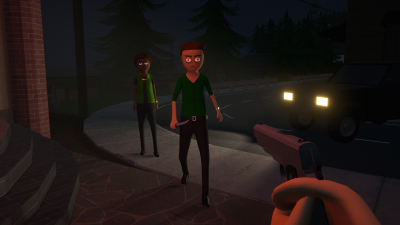
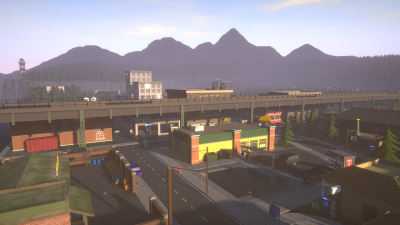
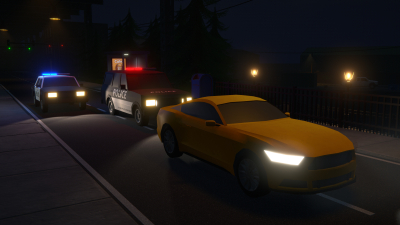
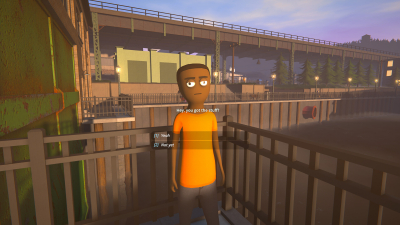
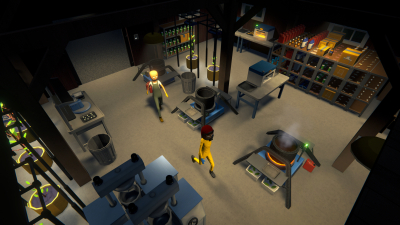
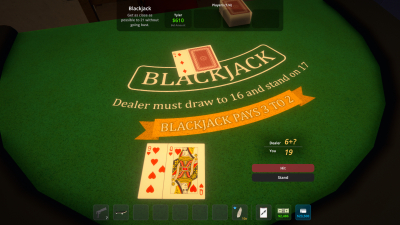
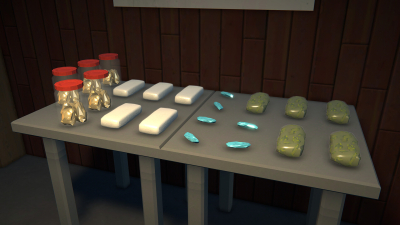
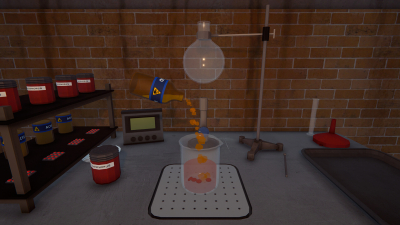
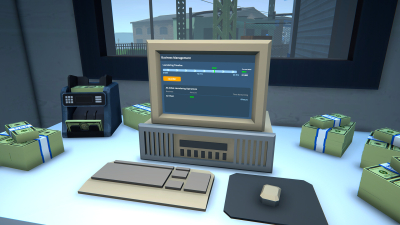
To download the app, you will get links to the Official Website and/or official digital markets.



